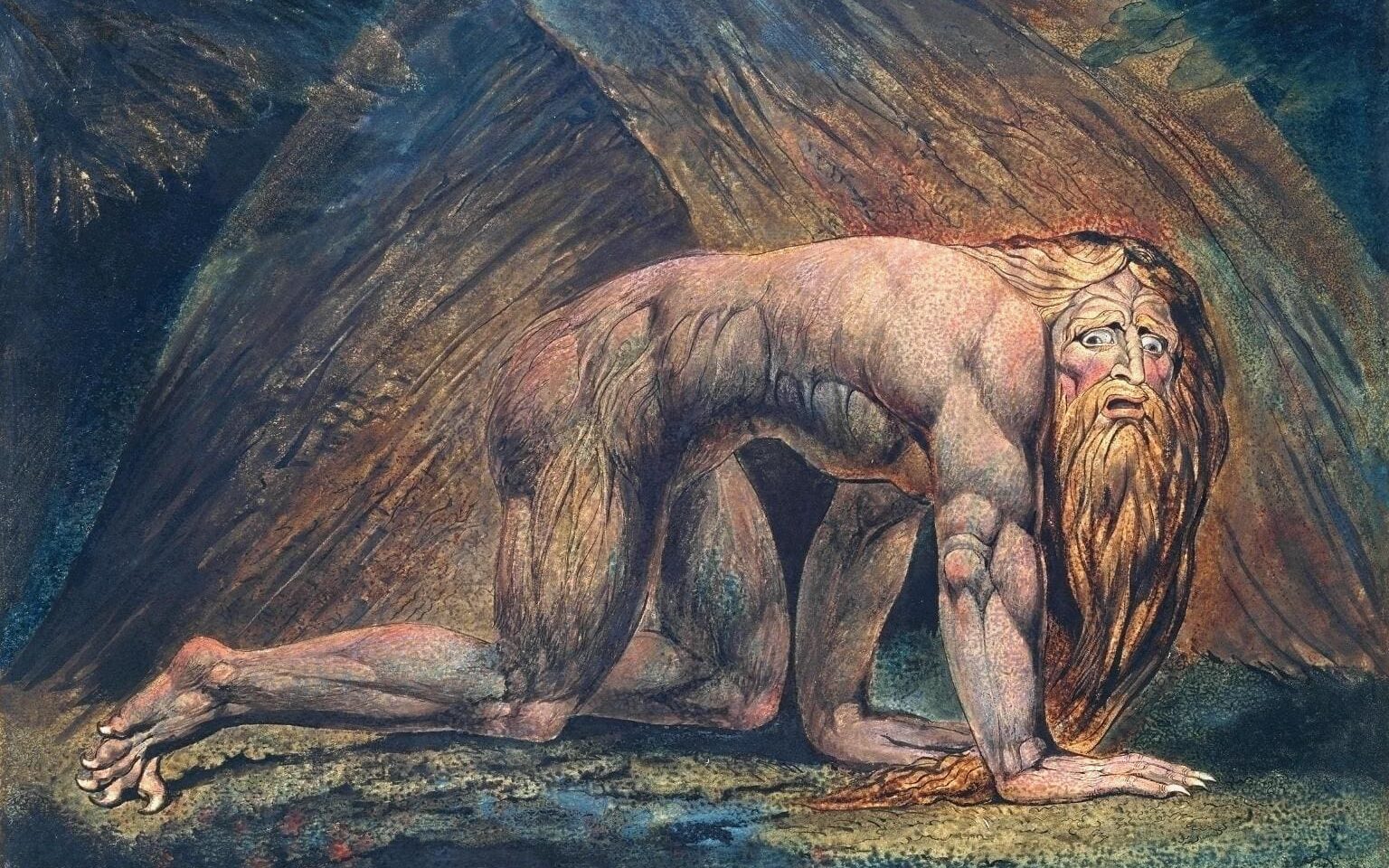Nebuchadnezzar II, the crowned prince of Babylon and his father’s most trusted general, was in the midst of pursuing the Egyptians when he suddenly has to turn home to take over the throne. His father, King Nabopolassar, had died. Before his death, however, Nabopolassar had managed to establish an alliance with the Medes and Persians—a marriage between his son, Nebuchadnezzar and a Median princess named Amytis.[1]
Nebuchadnezzar ruled over Babylon from 605-562 BC and it would be this king who God would use to wipe the Jewish nation off the map and deport its people to Babylon. Nebuchadnezzar also confiscated the sacred temple items which, “was a gesture of religious dominance meant to demonstrate to the conquered Judeans that their God was too weak to save them from defeat. In that day, to conquer a nation was to conquer its gods.”[2]
“Now I, Nebuchadnezzar, praise and extol and honor the King of heaven, for all his works are right and his ways are just.”
Daniel 4:37a
However, this extremely arrogant king would soon learn that the God of the Judeans, was not a God of wood or stone, but the living “God of Heaven.”[3] And that it was He who was behind the rising and falling of empires. God would first illustrate this to Nebuchadnezzar through a dream—which only a young Jewish captive and prophet of God named Daniel could interpret. Daniel explained that God was revealing to the king the future kingdoms of the world. The implication, of course, was that Babylon, though great, would eventually fall. The king, after witnessing this divine foretelling through Daniel, praises the Judean God proclaiming Him the “God of gods, the Lord of kings, and a revealer of secrets” (Daniel 2:47).
Though this was the first time Nebuchadnezzar met the one true God, it would not be the last. Some years later he foolishly erected a giant golden statue[4] and demanded that the people worship the image. When all but three God-fearing Jews named Shadrach, Mechach, and Abednego refuse, Nebuchadnezzar throws them into a fiery furnace to be burned alive. But their God delivers them. The king is astonished not only because the men are not burning but because now there are four men in the fire. “And the form of the fourth,” says Nebuchadnezzar, “is like the Son of God” (Daniel 3:25). For seeing God Himself and the deliverance of the three men, Nebuchadnezzar for a second time praises the living God.
Despite witnessing the power of God these two times, Nebuchadnezzar still had not learned that it was God behind his greatness. Therefore, in a moment of proud boast the living God takes both Nebuchadnezzar’s kingdom and his mind for a time. Indeed, for seven years he becomes like an animal eating grass like an ox, and having hair like eagle’s feathers and nails like birds claws (Daniel 4:33). But at the end of the seven years he is fully restored but now as a totally converted man praising and honouring the God of heaven. His last recorded words in the Book of Daniel are, “Those who walk in pride He is able to put down” (Daniel 4:37).

Ryan Hembree is a daily co-host, speaker, and writer of Bible Discovery. He also hosts a YouTube channel that shows the unity of the Bible and how science and Scripture fit together. Ryan also has an honorary Masters of Ministry in Creation Science from Phoenix University of Theology.
[1] It was for Amytis that Nebuchadnezzar built the famous Hanging Gardens of Babylon, now considered to be one of the Seven Wonders of the Ancient World. According to historical records, he did this because Queen Amytis missed the green hills and valleys of her homeland in Media.
[2] David Jeremiah, Agents of Babylon, P.15
[3] This particular usage of God’s name in the book of Daniel here is interesting because as one author notes, “this designation for God…was particularly significant when used in a country foreign to Israel, for it carried the thought that God was over the sun, moon, and stars, which were worshipped by the pagans.” Cited from David Jeremiah, Agents of Babylon, P.49
[4] This statue may very well have been an image of Nebuchadnezzar himself, but it’s also possible that it was a statue of the Babylonian god Nebo.






